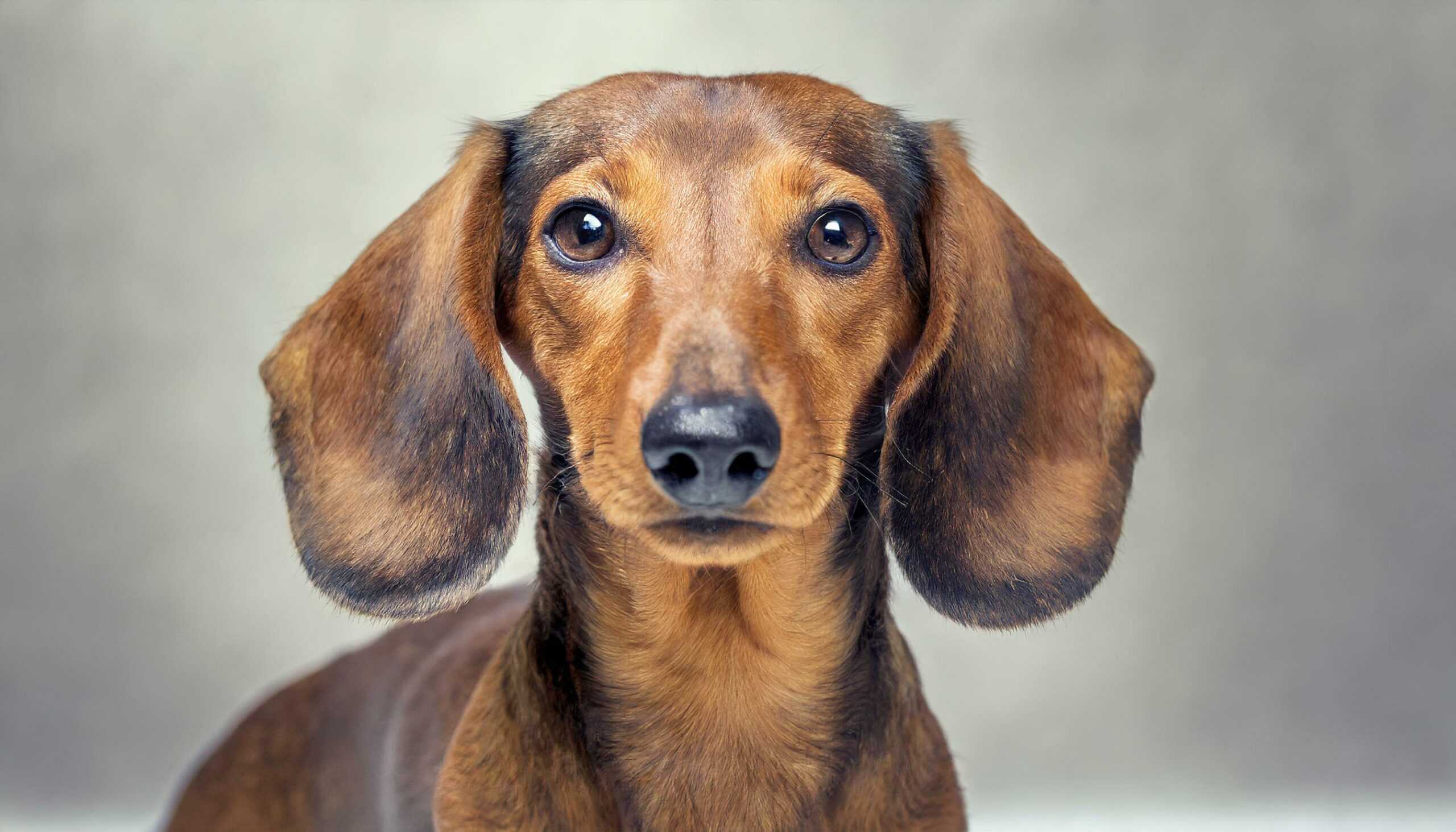The Dachshund, affectionately known as the “wiener dog” or “sausage dog” due to its distinctive long body and short legs, is a breed that has charmed people worldwide with its bold and lively personality. Originating from Germany, this breed was initially bred over 600 years ago to hunt badgers. Their unique physique was deliberately designed to dig into badger dens, while their tenacity made them fearless hunters. Today, the Dachshund is a beloved companion dog, known for its curious nature, bravery, and loyalty.
Origins and History
The Dachshund’s origins can be traced back to 15th century Germany, where they were bred by hunters to track and battle badgers and other burrow-dwelling animals. The name “Dachshund” literally translates to “badger dog” in German, reflecting their original purpose. Over the years, the breed was refined and categorized into three varieties based on their coat types: smooth, wirehaired, and longhaired, each developed to perform in different terrains and weather conditions.
Physical Characteristics
Dachshunds are easily recognizable by their elongated bodies, short stubby legs, and vibrant expressions. They come in two sizes: standard, which weighs between 16 to 32 pounds, and miniature, typically under 11 pounds. Their coat types—smooth, wirehaired, and longhaired—offer a variety of appearances, from sleek and shiny to rugged and rustic, or elegant and flowing. Dachshunds boast a broad palette of colors and patterns, including solids, dapples, brindles, and piebalds.
Temperament and Personality
Despite their small size, Dachshunds have a large and in-charge personality. They are known for their courage, intelligence, and playful nature. Dachshunds are also renowned for their stubbornness, which can make training a challenge but also adds to their charm. They are fiercely loyal to their families and can be quite protective, making them excellent, albeit tiny, watchdogs. Their vibrant personality and affectionate nature make them great companions, though they do best with consistent training and socialization from an early age.
Health and Care
Dachshunds are generally healthy, but their unique physique makes them prone to certain health issues, notably intervertebral disc disease (IVDD), which affects their spine. Obesity can exacerbate health problems, so a well-balanced diet and regular exercise are vital. Their coat type determines the grooming they require: smooth-haired Dachshunds need minimal grooming, wirehaired varieties benefit from regular brushing and occasional trimming, and longhaired Dachshunds require frequent brushing to prevent mats and tangles.
Ideal Home Environment
Dachshunds are versatile and can thrive in various living situations, from apartments to homes with yards. However, they do have a strong prey drive and love to chase small animals, so a secure, fenced area is recommended for outdoor play. They enjoy being part of the family and can suffer from separation anxiety if left alone for long periods. Dachshunds are well-suited to individuals and families willing to engage with their playful, sometimes stubborn nature, and provide the love, attention, and activity they crave.
Conclusion
The Dachshund’s unique combination of bravery, loyalty, and playful spirit, all packed into a small, elongated body, has secured its place as a cherished breed around the globe. Their adaptability makes them suitable for various owners, from singles to families with children, provided they can offer the care, training, and affection these spirited dogs deserve. A Dachshund can bring immense joy and companionship to its human counterparts, making every day an adventure.
